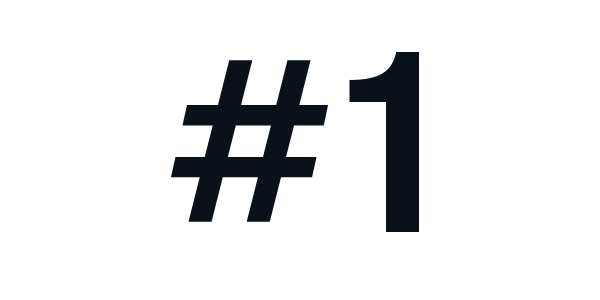Expert Article | Utilities Consulting
Public Procurement in the Energy and Water Utility Sector: How to Avoid the Pitfalls
Public procurement is a critical mechanism for energy and water utilities to acquire essential goods, services, and works. The process is multi-stage and regulated, and missteps can delay outcomes, inflate costs, or compromise quality. This expert article explains what utility organizations should consider when planning and executing procurements. We walk through the key phases, common pitfalls, and practical ways to make your next procurement more effective.

What Public Procurement Means for Utilities
Procurement legislation applies to purchases above threshold values. In practice, each purchase addresses a business challenge that the utility cannot—or should not—resolve with internal resources alone. Typical examples include:
-
Outsourcing customer service to focus internal teams on core processes
-
Enterprise system deliveries (e.g., ERP or CIS)
-
Large equipment deliveries and installation works for plants and electricity networks
-
Water treatment plant investments and upgrades
Because these procurements are consequential and interdependent, success hinges on disciplined preparation, transparent governance, and continuous collaboration with suppliers and third parties.

The Procurement Process
A robust process improves understanding of business needs and constraints as you progress, making targets more realistic and achievable.
-
Market scanning
-
Preliminary request for proposal (RFP)
-
Initial offers
-
Dialogue/negotiations
-
Final RFP
-
Final offers
-
Award decision
-
Contracting
-
Implementation and go-live
Below, we'd like to outline the steps to take at each stage to avoid common pitfalls.

1. Secure the Right Expertise and Clear Rules of Engagement
Assemble a cross-functional team early – business owners, process leads, legal/procurement experts, IT/OT architects, security and data specialists, and change managers. If in-house experience is limited, bring in external expertise or benchmark with peer utilities.
Define:
-
Roles and decision rights
-
Documentation standards and version control
-
Transparent internal communications and escalation paths
-
A realistic but firm timetable that reflects regulatory constraints
Outcome: a business-driven scope, fit-for-purpose requirements, and a procurement that protects the contracting authority’s interests.

2. Identify the Critical Processes
Before locking requirements, map the business processes most affected by the purchase. Please keep it visual and straightforward so everyone can challenge assumptions and spot gaps. Use the maps to:
-
Pinpoint impacted systems, integrations, and providers.
-
Clarify change rationales, target outcomes, KPIs, and dependencies.
-
Prioritise must-have vs. nice-to-have requirements
-
Anticipate operational constraints (e.g., seasonal demand, outage windows)
Well-crafted process descriptions support both the procurement and long-term operations and improvement work.

3. Collaborate with Suppliers – early and constructively
Implementation will be a joint effort with the supplier. Set the tone already during procurement:
-
Share a coherent data and integration view; highlight legacy constraints and cybersecurity expectations.
-
Invite structured feedback on scope, milestones, and risk assumptions.
-
Please be ready to refine the scope and contract terms based on the supplier's input.
-
You can proactively manage third-party stakeholders to make sure integration windows and resources are secured ahead of go-live.
Balanced timelines and transparent dialogue reduce rework, contract variations, and delivery risk.

Typical Pitfalls – and How to Avoid Them
-
Vague business outcomes → Tie each requirement to a measurable objective and acceptance criterion.
-
Over-specifying technology too early → Describe outcomes and interfaces; allow solution flexibility within non-negotiable constraints.
-
Ignoring change and data migration → Budget and plan for training, cutover rehearsals, and data quality/ownership from day one.
-
Fragmented governance → Establish a single steering structure with clear thresholds for scope, budget, and timeline decisions.
-
Underestimating third-party dependencies → Maintain an integration register with owners, lead times, and test slots.

Towards Consistently Successful Procurements
Public procurement in the energy and water sectors presents an opportunity to streamline processes, enhance service quality, and advance strategic objectives. Success requires rigorous preparation, collaborative execution, and learning after go-live. A good procurement is not a one-off victory – it lays the foundation for sustained performance and continuous improvement.
How Utilities Consulting Supports Procurements
We combine sector-specific process expertise with hands-on procurement and programme leadership. Our team supports you across the full lifecycle – from market scanning and requirements definition to evaluation, contracting, implementation, and change enablement. With strong utility process know-how, we help you clarify responsibilities, de-risk delivery, and realise benefits faster.
Ready to turn procurement into a competitive advantage? Contact Utilities Consulting to discuss how we can support your upcoming tender or run an expert review of your current procurement approach.
Would you like us to contact you?
Leave us a contact request. We will get back to you as soon as possible.
You can also book an appointment directly with our expert >








